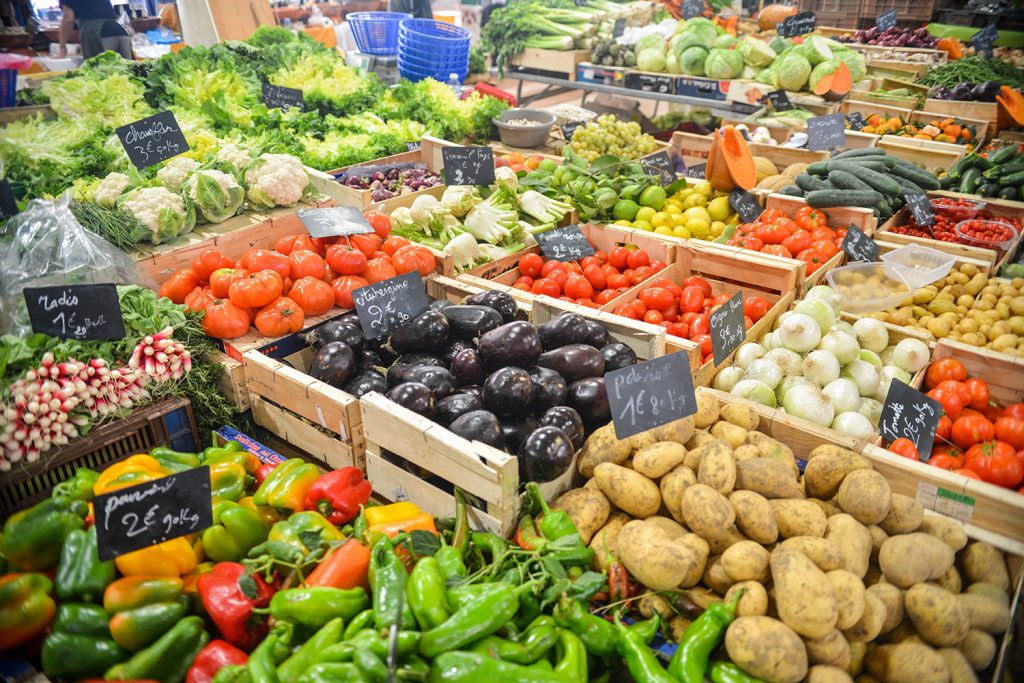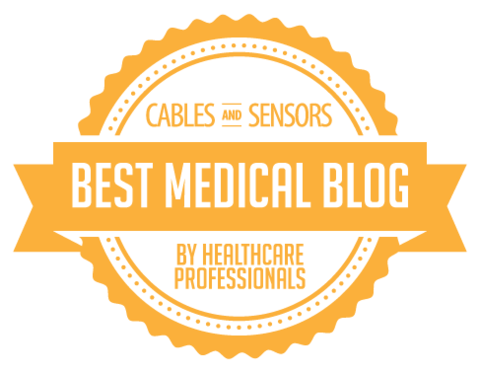Should the government regulate choices that impact our health?
 I was just reviewing the results of a The Harris Poll. The Harris Poll is administered by Harris Interactive. Harris Interactive is a leading custom market research firm that works with a variety of industries, including health care, technology, public affairs, energy, and telecommunications.
I was just reviewing the results of a The Harris Poll. The Harris Poll is administered by Harris Interactive. Harris Interactive is a leading custom market research firm that works with a variety of industries, including health care, technology, public affairs, energy, and telecommunications.
The poll I reviewed is focused on how American’s feel about legislation to regulate healthy living, such as taxes of sugar sweetened beverages or the banning of smoking in restaurants.
This particular Harris Poll included 2,211 United States adults over the age of 18-years-old. The poll was conducted between February 27-29, 2012.
I’m curious to know if you agree with the majority. Here are some of the findings:
Continue reading
Are You Eating Enough Potassium?

If you have high blood pressure, one of the most important nutrients to increase in your diet is potassium.
If you’ve looked into the DASH diet (Dietary Approaches to Stop Hypertension) you’ll see that it is extremely high in fruits and vegetables. This is partly due to fruits and vegetables being rich sources of potassium . . . among other beneficial nutrients.
It’s recommended by the Institute of Medicine that adults consume 4700 milligrams (mg) of potassium daily. However, the average adult intake is typically around 2300 mg.
Here are the fruits and vegetables that are the best sources potassium:
Diet Soda Linked to Vascular Complications
 At one time did you make a switch from regular soda to diet as a “positive” change for your health?
At one time did you make a switch from regular soda to diet as a “positive” change for your health?
I know I made the switch back in about 1993. Fortunately, I don’t drink soda daily and even cut it completely out of my diet for months at a time, but based on the more research that comes out I need to just eliminate it permanently.
According to Hannah Gardener and fellow researchers from the University of Miami Miller School of Medicine and the Columbia University Medical Center in New York, regular soft drink consumption and moderate intake of diet soft drinks are potentially linked to a higher risk of vascular events.
Gardener and fellow researchers analyzed 2,564 patients in the Northern Manhattan Study funded by the National Institutes of Health. The study was designed to determine stroke incidence, risk factors, and prognosis in a multi-ethnic urban population.
Continue reading
High Dietary Salt Equals High Blood Pressure
 Earlier this month (February 2012), the Centers for Disease Control and Prevention (CDC) released a report showing that nine out of ten adults eat too much salt daily.
Earlier this month (February 2012), the Centers for Disease Control and Prevention (CDC) released a report showing that nine out of ten adults eat too much salt daily.
This excess salt is not the salt you are adding with the salt shaker. The high salt diet comes from processed foods and restaurant meals.
A diet high in sodium (salt) leads to high blood pressure. This equals an increased risk for developing heart disease and having a stroke.
According to CDC director Dr. Thomas Frieden, heart disease and strokes are responsible for the deaths of more than 800,000 Americans annually and add approximately $273 BILLION dollars to health care costs.
The U.S. Dietary Guidelines recommend salt be limited to no more than 2300 milligrams per day. This recommendation may be even lower (no more than 1500 milligrams per day) depending on your ethnicity, age, and medical history.
The average adult in the U.S. consumes more than 3300 milligrams of salt each day.
10 Foods Contributing the Most Sodium
Continue reading
Heart Disease: Is constant wifi exposure impacting your heart?
 Heart disease is a lifestyle disease. Yes, there are genetic or hereditary factors that play a role, but how you choose to live has a major impact. By lifestyle this makes me automatically think diet choices and activity level, but there are other factors that fall under “lifestyle”.
Heart disease is a lifestyle disease. Yes, there are genetic or hereditary factors that play a role, but how you choose to live has a major impact. By lifestyle this makes me automatically think diet choices and activity level, but there are other factors that fall under “lifestyle”.
Some of these factors would include:
Do you smoke?
Do you live under high levels of stress?
Have you ever thought about wifi or cell phone radiation as contributing?
You are probably familiar with the concerns about living too close to high voltage power lines. Power lines emit electromagnetic radiation. Did you know many other things you probably bring into your home emit this same radiation? Microwave ovens, cell phones, wireless routers, game stations, cordless phones, etc.
Granted at lower levels, but still you are living in an environment receiving constant exposure to low dose radiation.
Before I go further, let me clarify that there are researchers on both “sides of the fence” on this issue. Some studies show no connection between the constant low dose radiation exposure and health (many of which are funded by wireless companies) and other studies that show a direct correlation.
In this article I’m not able to share with you everything you need to know to explain why you need to be concerned and the steps you can take, but my goal is to make you aware of this so you can look further and learn more about what you need to do to protect yourself and your family.
Which is better for your health? Wild, Brown, or White Rice?
 There are several different varieties of rice. Most people were raised eating white rice and continue to do so. However, the different types of rice provide different nutritional benefits. Let’s look specifically at white rice, brown rice, and wild rice.
There are several different varieties of rice. Most people were raised eating white rice and continue to do so. However, the different types of rice provide different nutritional benefits. Let’s look specifically at white rice, brown rice, and wild rice.
White Rice
White rice has been milled so that the husk, bran, and germ are removed leaving you with a refined product. During this process, the rice is polished giving it the bright, white, shiny appearance we expect.
By removing these layers the flavor, texture, and appearance of the rice is changed and the shelf life is extended as it is now less likely to spoil.
Nutrients are removed during the processing, such as the B vitamin thiamine. Due to this depletion of nutrients, white rice is usually enriched. This means some the nutrients removed during processing are added back in, such as thiamine, niacin, and iron.
Brown Rice
Continue reading



